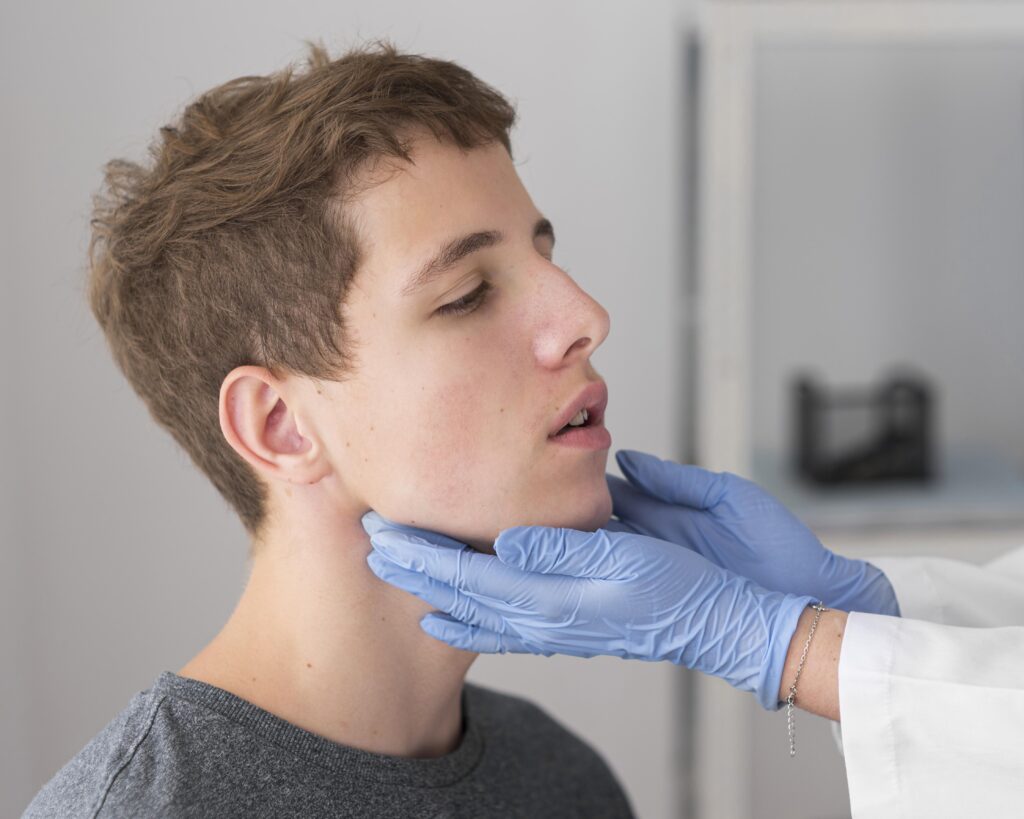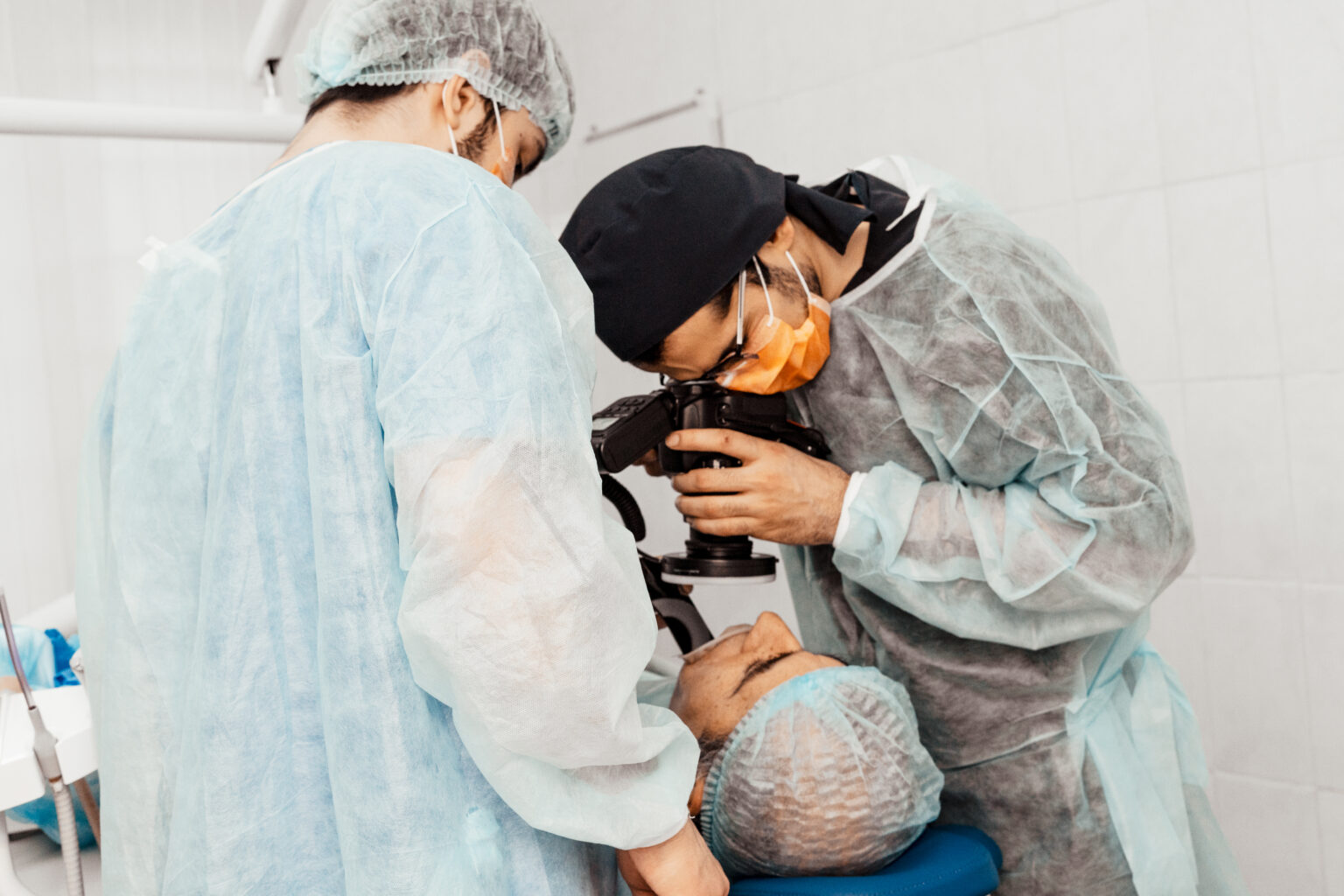
Basal Cell Carcinoma (BCC) is a type of skin cancer, which originates from the basal cells of the skin. These are the cells lying in the bottom-most layer of the epidermis, that is, the outermost part of the skin. BCC is the most common form of skin cancer; it accounts for nearly 80% of all diagnosed skin cancers. Although BCC is considered by many to be less aggressive compared to other skin cancers, including SCC or melanoma, early diagnosis and treatment are necessary before it can grow into the skin and spread into the surrounding tissue.
We shall learn everything that can be known about basal cell carcinoma, its causes and symptoms to available treatments, and what prevention measures may apply. In doing so, it is the most comprehensive guide one can obtain from a health magazine to stay informed and empowered to make healthy decisions about oneself.
What causes basal cell carcinoma?

The main risk factor for BCC is the ultraviolet (UV) radiation either from the sun or tanning devices, given over an extensive period of time. UV exposure damages the DNA in the cells of the skin, and sometimes mutations will appear that cause the cancer. Typically, basal cell carcinoma arises on areas of the body most often exposed to the sun, which include the face, neck, ears, scalp, shoulders, and back.
However, BCC can also occur in people who have had other risk factors, such as:
● Fair skin: People with lighter skin tones have less melanin, which offers some protection against UV radiation.
● Age: The risk of developing BCC increases with age, especially after the age of 50, as the skin accumulates sun damage over the years.
● Family history: A family history of skin cancer or genetic susceptibility may put one at a higher risk for BCC.
● Weakened immunity: Individuals experiencing a weakened immunity, such as those who have HIV/AIDS, or are undertaking immunosuppressive drugs, face a more significant risk.
● History of sunburn: Intense exposure to the sun’s ultraviolet rays during childhood is known to increase the risk of developing BCC in later life.
Symptoms of Basal Cell Carcinoma
Basal cell carcinoma has symptoms that are quite varied. The commonest presentation includes: a new growth or sore that doesn’t heal; the growth is shiny and pearly and can be visible with small blood vessels running across it. BCC may appear as a scar-like, pale or yellowish lesion that can be flat.
● Scab or ulceration: Sometimes, BCC can develop into an ulcer or sore that bleeds easily or crusts over.
● Ragged-looking raised area with rolled edge: The growth develops in some instances as a ragged-looking raised area with a border that has a rolled or slightly raised appearance, often given the image of a wound that won’t heal.

● Itching or tenderness: Some individuals may experience itching or mild tenderness and pain at the site of the BCC.
It is, therefore, important to seek medical attention if you experience any of these symptoms or if a skin growth changes in size, shape, or color.
Types of Basal Cell Carcinoma
There are several different kinds of BCC, each having its own particular character099istics:
● Nodular Basal Cell Carcinoma:This is the most common kind of BCC. It presents as a pearly, raised bump on the skin.
● Superficial Basal Cell Carcinoma:This type of BCC manifests as a flat, scaly patch with reddish or pinkish coloration. It usually mimics eczema and other skin problems.
● Morpheaform Basal Cell Carcinoma: A BCC usually takes the form of a hard, scar-like appearance. It is usually a bit tough to treat on account of being aggressive.
● Pigmented Basal Cell Carcinoma: This is a rare occurrence of BCC, which includes pigment-producing cells. Thus, the whole of the tumor appears brown or black in color.
Basal Cell Carcinoma Diagnosis
A skin biopsy usually conducted by a dermatologist can diagnose basal cell carcinoma. It involves removing a sample of the suspicious skin growth for laboratory examination to determine the presence of cancerous cells and the specific type of BCC.
Besides biopsy, your doctor could do a dermatoscopy in which he or she uses some kind of magnifying tool to have a closer look at the lesion. This can be helpful in setting up information that cannot be seen by the naked eye.
Treatment for Basal Cell Carcinoma
Fortunately, basal cell carcinoma is easily treatable, mostly if detected early. Treatment options vary depending on the size, location, and type of BCC, as well as the patient’s general health. Some common treatment methods include:
Surgical excision
Surgical excision is the most common form of treatment for BCC. It involves removal of the diseased tissue and some healthy tissue on all sides of the lesion, ensuring no cancerous cells are left in the body. This is highly effective and may be done locally under anesthetic.

Mohs Micrographic Surgery
Mohs surgery is an accurate surgical method for BCC that occurs in areas where preserving healthy tissue is crucial, like the face or ears. The surgeon peels off the tumor layer by layer and examines it under a microscope until all cancerous cells are removed. This technique causes the least amount of damage to the surrounding tissue and offers a high cure rate.
Cryotherapy
Cryotherapy freezes BCC under liquid nitrogen, which leads to the death of the cancerous cells. This treatment is given to small, superficial tumors. It is effective but may cause a scar and is not used for large or aggressive types of BCCs.
Topical Treatments
Topical medications; imiquimod and 5-fluorouracil may also be used. These topical creams are applied onto the lesion at the superficial form of BCC. The patient applies it because it acts locally by enhancing their immune system fighting the cancer-causing cells inside their body
Radiation Therapy
Radiation therapy is done if surgery cannot be an option. For example, when it is in an obscure location or the patient cannot undergo surgery. It uses high energy rays to penetrate and destroy the cells, therefore shrinking the tumor.
Photodynamic Therapy (PDT)
Photodynamic therapy is the application of a photosensitizing agent on the tumor. It then activates the agent through light to kill the cancerous cells. PDT is mostly applied on superficial BCC lesions and is normally repeated multiple times.
Basal Cell Carcinoma Prevention

Basal cell carcinoma may not be totally preventable, but there are several ways through which its risk may be reduced.
● Avoid tanning beds: These devices emit harmful UV radiation that could damage your skin and increase the risk of developing BCC.
● Use sunscreen: Apply broad-spectrum sunscreen with SPF 30 or higher regularly to protect your skin against UV radiation.
● Stay in the shade: Try to spend as much time as possible in the shade when outdoors, especially between 10 a.m. and 4 p.m.
● Wear protective clothing: Long sleeves, hats, and sunglasses can provide an added layer of protection from the sun’s harmful rays.
● Get regular skin checks: Annual skin exams with a dermatologist can help detect BCC early, increasing the chances of successful treatment.
Conclusion
Basal Cell Carcinoma is the most common type of skin cancer. But with timely diagnosis, it could be one of the most treatable ones. Let’s talk about a few of the causes, symptoms, and treatments for BCC so you can take care of your skin and yourself better. Practice sun safety and seek medical care in time to avoid BCC and treat any growths the moment they show up.
Avant Medical Group can be visited to learn more about basal cell carcinoma and other skin cancer treatments while accessing the expertise and care required.
